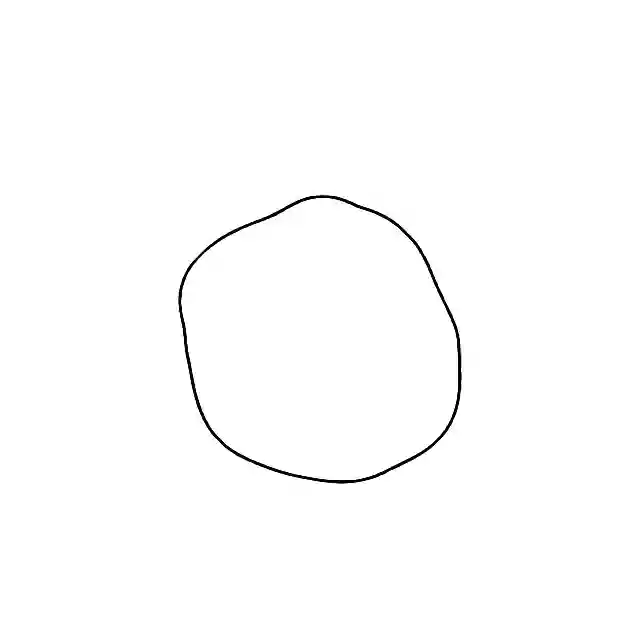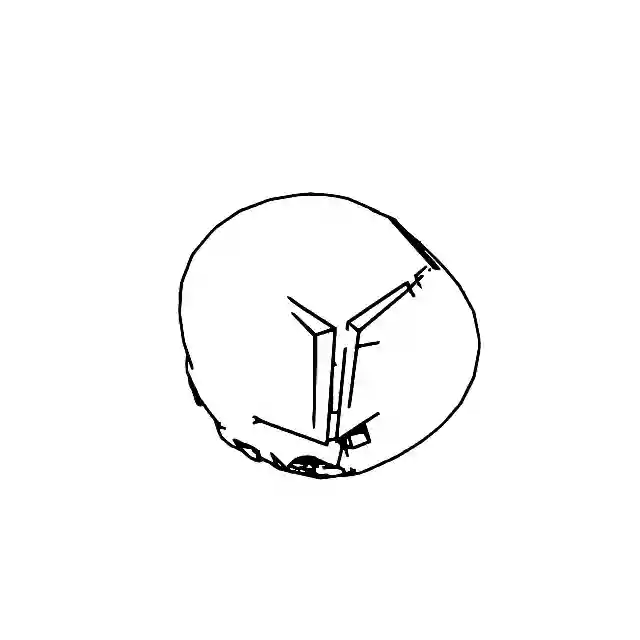01 | Form & Constructive drawing

Can you draw a dragon?
Give it a shot! The only requirement is to turn your blank page into something dragon-like.
Done?
Wonderful! Keep the drawing, it will be helpful at the end of the course.
Whether from a reference image or from memory, most people draw by copying a dragon.
The problem with copying
In copying, one reference == one drawing.
To make another drawing, you need another reference.
A chubby feathered dragon will require a chubby feathered reference, and a city scene will require a lamppost reference, a car reference, ...
Reference, reference, reference.
A solution
To escape this cycle, we have to find a pattern.
What do all dragons, spaceships and lampposts have in common?
What if I told you dragons and lampposts are made of the same thing?
Form
Form is what everything is made of.
Think of it as a sort of clay.
Like a sculptor turns marble into different sculptures or a chef turns dough into different pastries, you can push and pull on form, knead and twist it into any object imaginable.


A dragon's neck and a lamppost are two separate objects, but their form is shaped like a tube.
Learn to draw a tube and your work gets cut in half!
The goal is not to replace your reference, but to use it more efficiently.
And yes, draw a few dragons along the way.
Summary
- There are two main approaches to drawing
- Observational - Draw the object directly
- Constructive - Draw the object's form (also called "analytical" drawing)
- All real world objects have form and...
...Drawing forms is easier than drawing objects.
